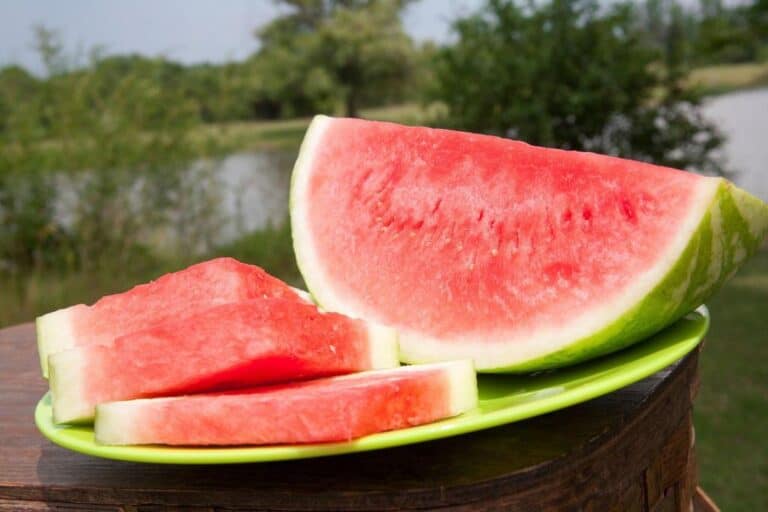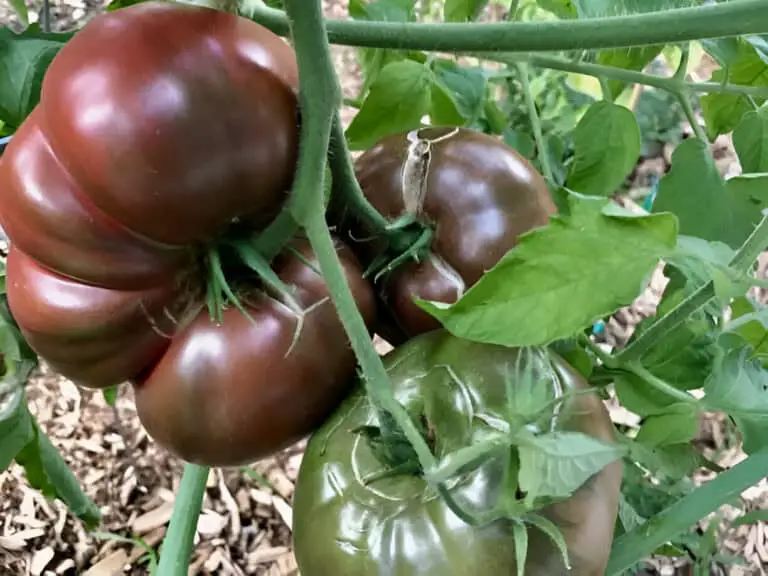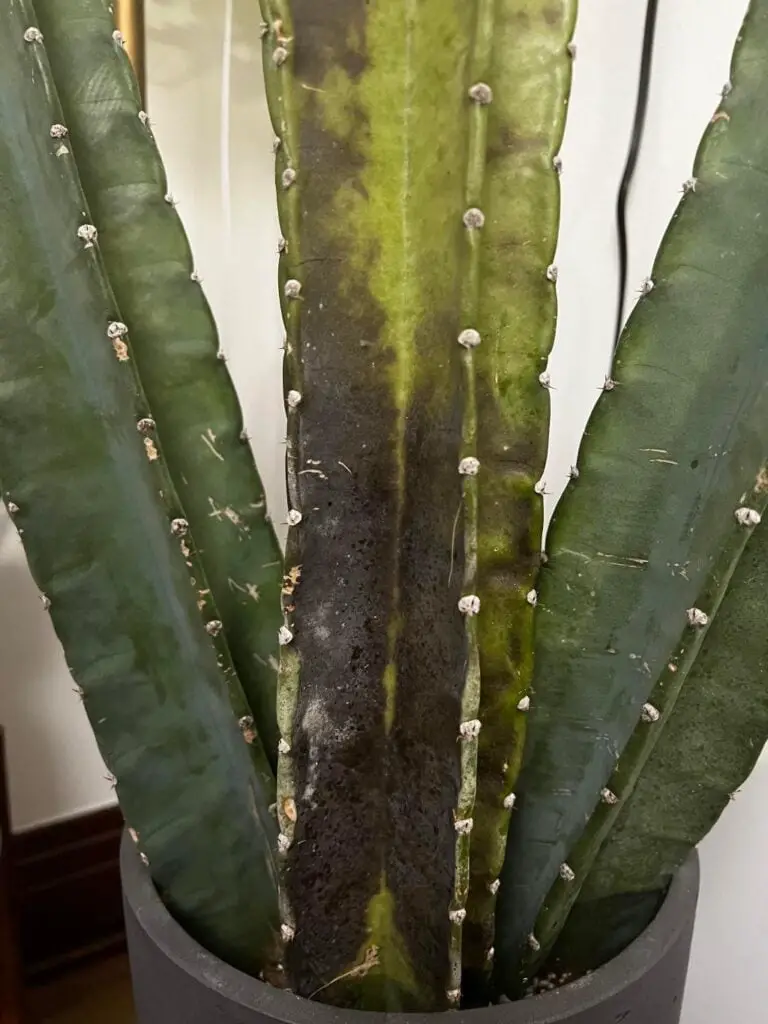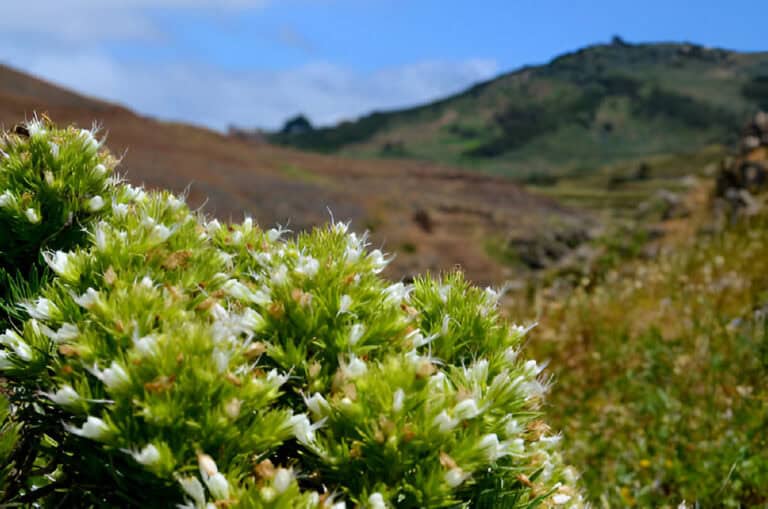What Is Grasscycling? The Eco-Friendly Lawn Hack You Need to Try

I used to spend weekends sweating under the sun, dragging heavy bags of grass clippings to the curb, convinced I was doing my lawn a favor. It felt productive—until I realized I was literally throwing away free fertilizer. That’s when I stumbled onto grasscycling.
No, it’s not a fancy trend or some elite gardener’s secret. It’s a low-key, high-impact way to cut waste, save time, and give your lawn exactly what it’s been begging for—all with zero extra effort.
Let me take you through the nitty-gritty of what grasscycling is, why it works, and how you can start doing it today. Whether you’re a green thumb or just green with envy over your neighbor’s lush lawn, this simple trick might just change your whole approach to yard care.
So, What Exactly Is Grasscycling?
Grasscycling is the practice of leaving your grass clippings on the lawn after mowing instead of bagging and tossing them. Sounds too simple, right? But here’s the magic: those tiny green blades are packed with nitrogen, potassium, and phosphorus—three powerhouse nutrients that your lawn already needs.
Instead of sending that goodness to the landfill, you’re returning it straight to the soil. It’s like feeding your lawn a salad it made for itself.
Why It’s Not Just “Laziness in Disguise”
At first, I felt a little guilty leaving clippings behind. It felt…unfinished. But grasscycling isn’t about skipping chores. It’s smart, intentional, and backed by science. Here’s what makes it a win-win:
- Saves time – No more bagging clippings or hauling them to the curb.
- Reduces landfill waste – Yard waste can take up a shocking amount of landfill space.
- Feeds your lawn naturally – Nitrogen-rich clippings act as a free fertilizer.
- Retains soil moisture – Clippings form a protective layer that helps the soil hold water.
- Improves soil structure – Over time, they break down and enrich the soil.
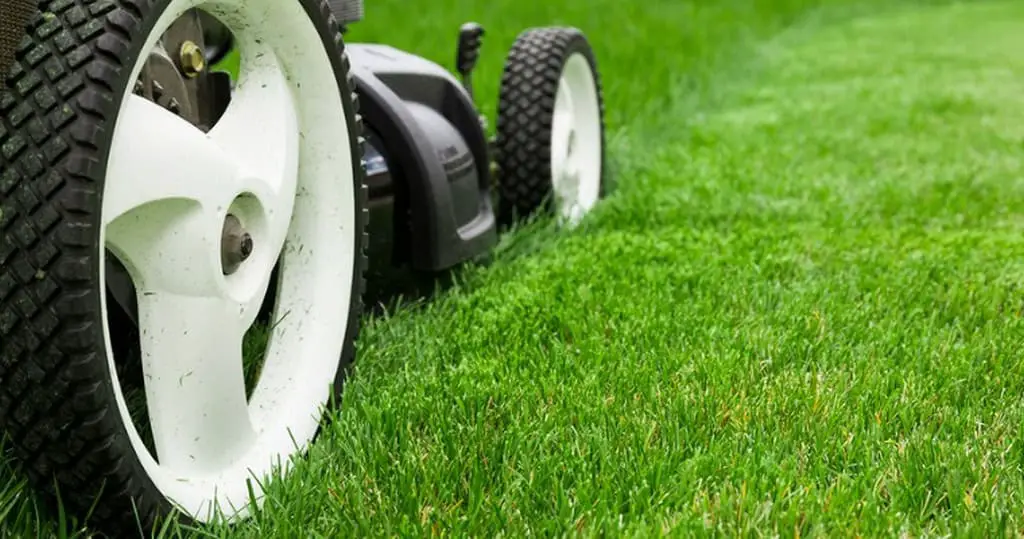
Benefits of Grasscycling
You might be wondering what, if any, benefits grasscycling offers. As stated above, it reduces landfill waste. Reports indicate that just 1,000 square feet of lawn can produce as much as 500 pounds of grass clippings per year!
When you multiply this amount by the number of residential homes in a given area, it’s easy to see just how problematic grass clipping waste can be. By grasscycling, however, you can reuse your grass clippings instead of sending them off to the landfill.
And let’s face it, bagging and disposing of grass clippings isn’t exactly ideal when mowing the lawn. Depending on the size of your lawn, you may have to make half a dozen or more trips to dispose of the grass clippings.
If you opt for grasscycling, though, you won’t have to worry about making these trips. Just convert your lawnmower to the grasscycling function, at which point it will shoot the clippings back onto your lawn.
Most residential lawnmowers sold today are convertible, which means they can easily convert from bagging to side discharge to mulching. The mulching setup is actually best if you mow your lawn regularly because it chops the clippings into much smaller pieces, allowing them to decompose even quicker.
It’s also worth noting that grass clippings decompose in a very short period of time. In fact, most grass clippings will completely decompose into the soil within just a few weeks. So even if you shoot the grass clippings back onto your lawn, they won’t stay here very long.
Furthermore, grass clippings make an excellent, all-natural source of fertilizer. Grass contains mostly a high nitrogen content and low lignin content.
As it decomposes, these compounds are released into the soil, supplying the grass and other plant life with beneficial nutrients. Some sources claim that grasscycling can even provide up to 20% of a lawn’s annual nitrogen requirements.
The Science Behind the Blades
Every time you mow, your grass trims off the freshest, nutrient-rich part of itself. Here’s what you’re throwing away when you bag those clippings:
| Nutrient | Benefit to Lawn |
| Nitrogen (N) | Promotes lush, green growth |
| Phosphorus (P) | Encourages strong root development |
| Potassium (K) | Builds disease resistance and drought tolerance |
By grasscycling, you recycle up to 25% of your lawn’s total fertilizer needs. That’s not just eco-friendly—it’s wallet-friendly too.
My First Time Grasscycling (And What I Got Wrong)
The first time I tried grasscycling, I made a rookie mistake: I let the grass grow too tall before mowing. What I ended up with was a soggy mat of clippings that looked like my lawn had a bad haircut and forgot to sweep.
Lesson learned. To make grasscycling work, you’ve got to follow a few basic rules:
Grasscycling Ground Rules:
- Mow frequently – Only remove 1/3 of the grass blade at a time.
- Keep your mower blades sharp – Clean cuts break down faster.
- Don’t mow wet grass – Wet clippings clump and smother the lawn.
- Use a mulching mower if possible – It chops clippings finely for quicker breakdown.
Once I dialed it in, my lawn responded like it had been waiting for this its whole life—thicker, greener, and far less needy.
Best Lawns for Grasscycling
You don’t need to live on a golf course to grasscycle successfully. In fact, most standard cool- and warm-season grasses love it.
| Grass Type | Grasscycling Friendly? | Notes |
| Kentucky Bluegrass | ✅ Yes | Ideal for mulching clippings |
| Fescue | ✅ Yes | Benefits from frequent mowing |
| Bermuda Grass | ✅ Yes | Grows fast, mulching helps |
| St. Augustine | ✅ Yes | Keep mower blade very sharp |
If your lawn is patchy, overly weedy, or thin, you can still grasscycle, but be patient—clippings work like slow-release medicine.
Common Myths I Used to Believe
Before I embraced grasscycling, I bought into every myth under the sun. Here are the top ones—and the truth that busted them wide open.
Myth #1: Clippings Cause Thatch
Truth: Thatch comes from dead roots and stems, not soft green clippings. Grass clippings are 80% water and decompose quickly.
Myth #2: Grasscycling Looks Messy
Truth: Not if done right. When you mow often and leave fine clippings, they practically disappear into the lawn.
Myth #3: Grasscycling Spreads Weeds
Truth: Healthy lawns from grasscycling actually crowd out weeds. You’re feeding the grass, not the crabgrass.
How I Grasscycle Today: My Weekly Routine
My lawn care routine has never been simpler or more satisfying. Here’s how I keep my grasscycling game on point:
- Mow every 5–7 days, depending on growth.
- Set the blade height to 2.5–3 inches for most grasses.
- Let the clippings fall, no raking, no bagging.
- Water deeply but less often, since clippings help retain moisture.
I also sharpen my mower blades once a month. Trust me—nothing beats the feel of clean, smooth cuts.
Bonus Tips for Going All-In
If you want to take your grasscycling to the next level, here are a few extra hacks:
- Compost extra grass clippings if you over-mow or your lawn grows fast.
- Combine with organic fertilizer if your lawn needs an extra boost.
- Aerate your lawn once a year to help oxygen and nutrients penetrate deeper.
- Avoid chemicals—grasscycling works best when your soil biology stays healthy and active.
| Read: How to Prevent Grass From Sticking to Your Mower Deck |
Why Grasscycling Just Makes Sense
Let’s face it: mowing the lawn already takes effort. Why add more by bagging what could be your lawn’s free lunch? Grasscycling is like turning your lawn into a self-sustaining system—no fluff, no waste, no extra costs.
Not only did I cut my fertilizer use in half, but I also saved countless trash bags, reduced my yard waste, and made peace with my lawn in a way I never expected. It feels good knowing I’m helping the environment while also helping my wallet and back.
Final Thoughts: One Small Change, Big Green Results
If you’re still hauling bag after bag to the curb, maybe it’s time to set down the rake and let your lawn take care of itself. Grasscycling isn’t just a trend—it’s a habit that makes lawn care more sustainable, less expensive, and a heck of a lot easier.
Try it once. See how your lawn responds. You might just end up like me—looking forward to mowing, not because it’s a chore, but because it feels like giving something back.

